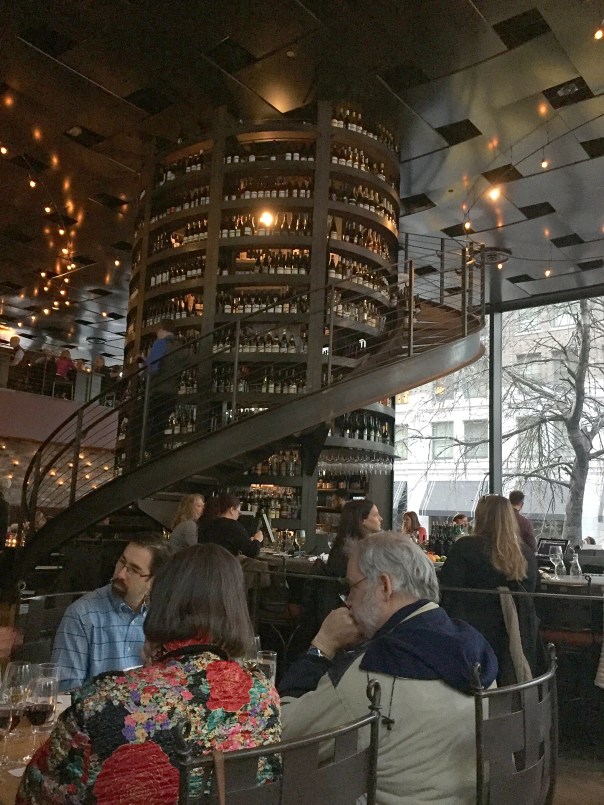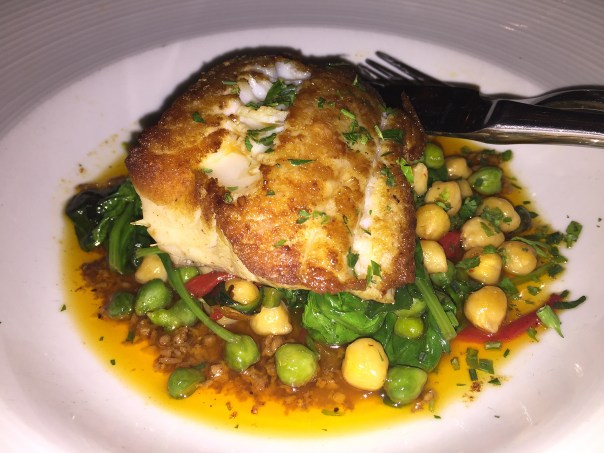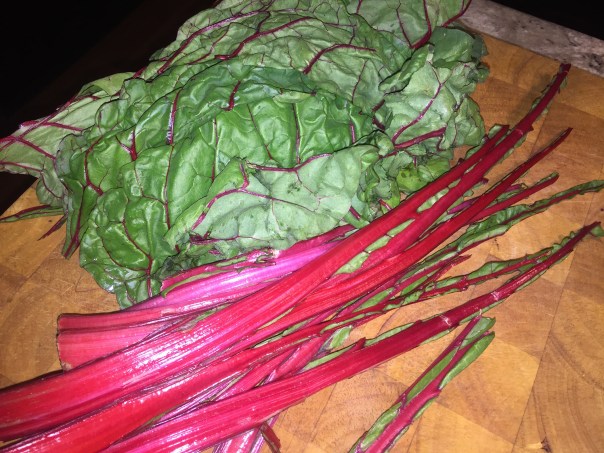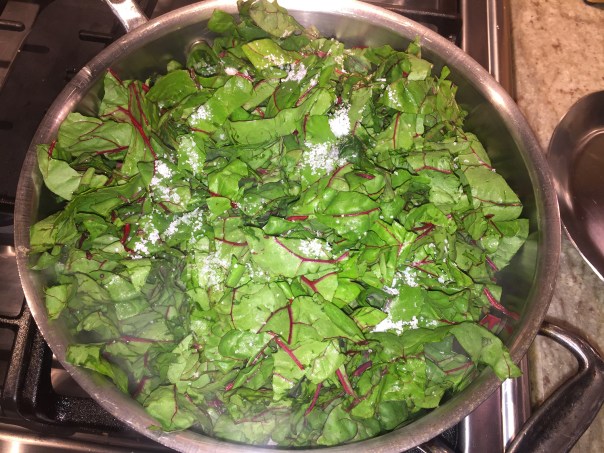A Seattle virgin, I was so excited to be visiting this cosmopolitan, yet unpretentious low-key city, tagging along with Russ for his National Behavioral Health Conference—nearly 6,000 attendees strong! It was the first week of April, and I was going to be flying solo during the day for the better part of our stay. But on our first full day, we got to sightsee together at some of Seattle’s most iconic landmarks such as the Space Needle, the Chihuly Glass Museum and of course Pike Place Market.


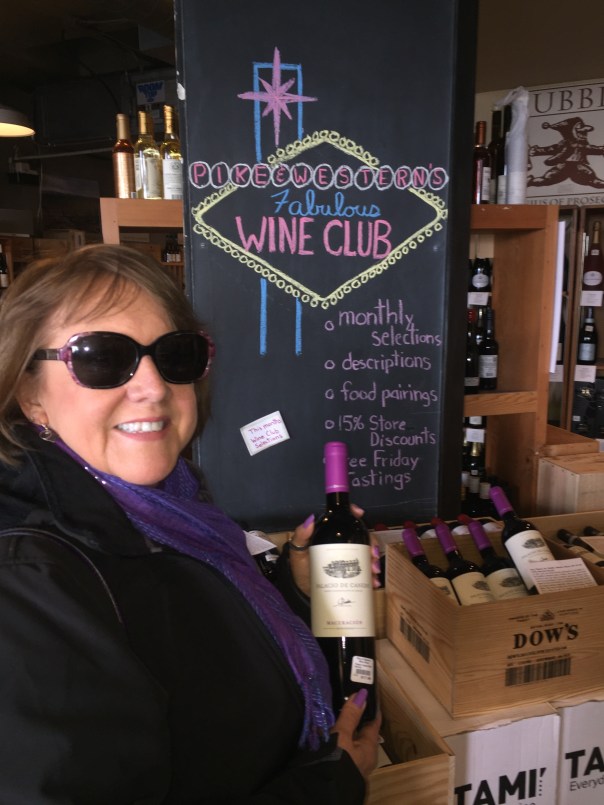
Selecting a local bottle of wine at a shop in Pike Place Market on Main Street.

One of the many fresh seafood stalls inside the Market.
Given its location near the Puget Sound and its soaring views of Mt. Rainier and the Olympic Mountains, Seattle is generally quite temperate—except for the fact that the weather tends to put a damper on things. The city’s climate is ever-changing, but if you expect rain, you likely won’t be disappointed. Although our trip began and ended with precipitation, we lucked out and had a stretch of three wonderful, mostly clear and sunny days, something the Seattleites hadn’t seen in months! (One is advised not to plan on any elaborate hairstyles due to the climate, but I can’t plan on that no matter where I am!)
A few weeks prior to our trip I googled tours and excursions to pass the time while poor hubby would be attending the conference, and one of the first that caught my eye was the Gourmet Walking Tour. It’s billed as a three-hour tour (uh-oh, shades of Gilligan’s Island?) around the city’s finest restaurants and hot spots, visiting seven tasting locations in Belltown, downtown Seattle, and Pike Place Market. From appetizer to dessert, we were to enjoy a relaxed pace and an introduction to some of Seattle’s most popular restaurants. Need I say more? Although I was concerned it would be too much food, I booked the only available time slot left during our visit.
Hey, there’s got to be something said for folks who wear jeans to work, and prefer backpacks to briefcases, appreciate some of the finer things in life, and are open to new influences in food and art. I was ready to walk the walk, even though Seattleites have a rep for being cold and standoffish. Their cloudy disposition has become so well-known, it’s been branded as “The Seattle Freeze.” In reality, it wasn’t at all as mean-spirited as people make it out to be.


Now about that food tour. It began at 2:00 starting at the Orfeo Restaurant on 3rd Ave., only a short walking distance from our hotel. The restaurant was closed for the day due to a private party later that evening but was open to our group of 12. After our guide Heather led us up to the second floor table, we began introductions. We all agreed the 60-ish couple from Belgium came the furthest! Others included four female friends from Missouri, a woman from Tulsa, Oklahoma celebrating her 54th birthday, a mother and her daughter and friend from my home state of Michigan (the mother also an alum from U of M), and a guide-in-training Carla, originally hailing from New Orleans—itself a gastronomic epicenter.
Sometimes the best way to experience a new place is through its cuisine, which suited me just fine. Heather, a vivacious young women and original Seattleite who trained to be an actress in NYC for a spell, was completely passionate about healthy, organic, locally-sourced food and wine—the highlight of the Washington State culinary scene. In fact, the state has grown from 4 to 400 wineries in just 20 years!

For starters we enjoyed a Polenta Cake with Pork Bolognese sauce topped with grated parm and microgreens. Orfeo’s owner, straight off the boat from Italy, explained in accented English, their passion for using the best ingredients and making everything from scratch. He also poured us each a glass of the delectable Tattinger’s Champagne. We were off to a titillating start…
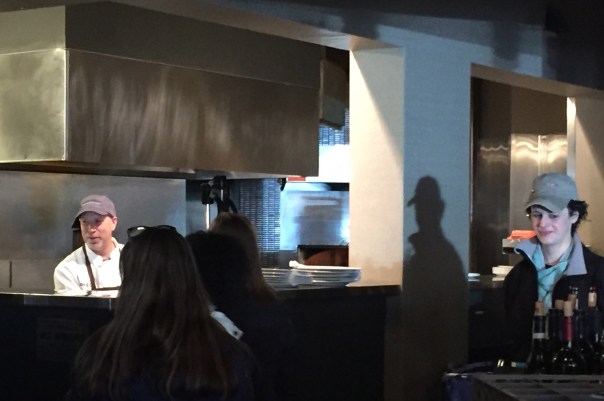
Executive Chef Kevin Davis, left, and our guide Heather off to the right.
Before we embarked on the rest of the tour, we went to the open-faced kitchen and met head chef Kevin Davis. He passionately described the custom Woodstone Josper: a charcoal burning oven with a natural convection that circulates smoke around the food cooking inside of it. Spanish by design, these ovens burn 60% less fuel than a regular wood burning grill and are popping up everywhere in European kitchens. Orfeo’s also has a strong focus on their traditional wood burning oven which turns out pizzas, and roasted meats and vegetables.
Chef Kevin Davis: I grew up cooking and eating Cajun food but I really wanted to cook the classics: French and Italian. Kind of like a blues musician who wants to sing opera.
Our second stop was at Serious Pies—at this small place alone they spend $30,000 per month on imported Italian cheese! Chef-owner Tom Douglas is an American executive chef, restaurateur, author, and radio talk show host. Impressively, he is known for winning the 1994 James Beard Award for Best Northwest Chef. And in 2005, he appeared on an episode of the Food Network’s Iron Chef America, where he defeated Chef Masaharu Morimoto. Now that’s talent!
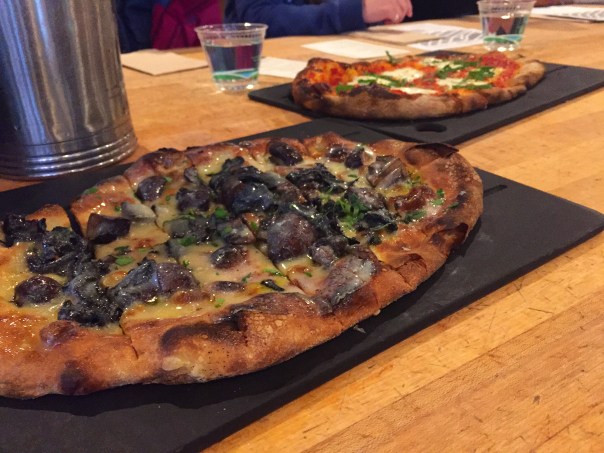
Here we tasted two pizzas where the dough raises for three days breaking down the carbohydrates culminating in thin, crispy crust. My favorite of the two was the mushroom pizza with black trumpet and cremini ‘shrooms. The other was a Margherita pie, but I was the last one to get a slice and it contained no cheese 😦
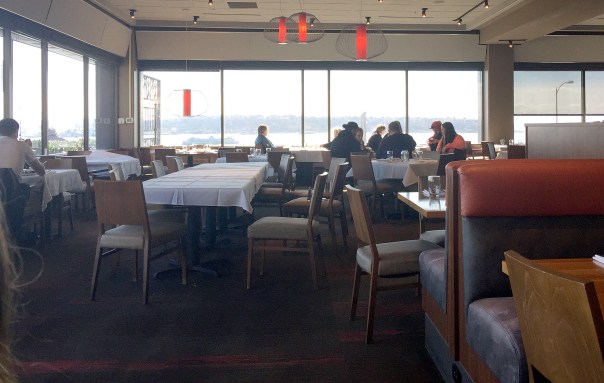
Next up was the large establishment Cutters Crabhouse, a landmark restaurant located next to Seattle’s Pike Place Market and situated right on the banks of Elliot Bay with panoramic views including Mt. Rainier. They are an upscale restaurant offering NW seafood in a refined, understated space. Here, we enjoyed a Dungeness Crab-Stuffed Tiger Prawn plated with a small side salad, and a glass of Cedergreen Sauvignon Blanc.

Winding our way along the tree-lined streets of Belltown, downtown Seattle and Pike Place Market, we met more top chefs and food artisans who shared some of their cooking secrets and tricks of the trade. Even though it was bright blue and sunny out, Heather held high a neon pink umbrella so that we could see her in case of crowds.

A short walk away was La Buona Tavola-Truffle Café (The Good Table) known for their wine tastings, truffle salt and specialty food sample tables. They also specialize in products for those who have to refrain from gluten and excess sodium. In addition to explanations of the differences in white truffle (mostly used on white or light-colored foods) and black truffle oil (for pretty much everything else), our treats here included a sample of real truffle salt, two mini-toasts with truffle spreads, and a small portion of creamy potato soup dotted with white truffle oil, one of the most salacious soups I have ever tried!

A staff employee teaches us about truffle salt while the Belgian couple, to the right, looks on.

It may not look like much, but this potato soup with white truffle oil was to die for!
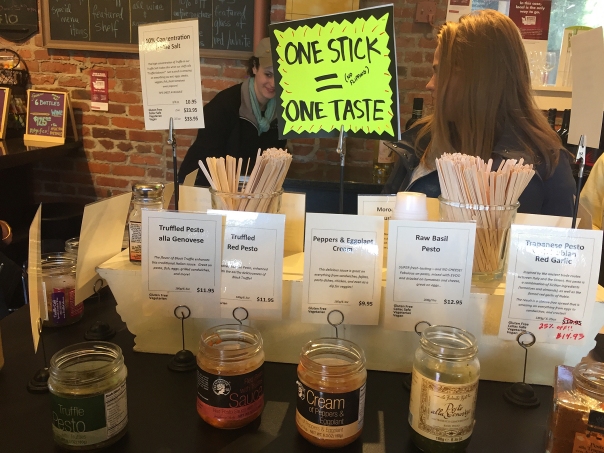
All around the store you are encouraged to try samples of everything.
After networking the room sampling all of La Buona Tavola’s other goodies, we headed to the Steelhead Diner, with its Southern-influenced seafood-focused menu. Here, food concerns concentrate on our planet and support groups that practice sustainability and good-for-the-earth activities: fisheries, local growers, bread makers, cheese makers; organic and natural beef producers.
Remember Executive Chef Kevin Davis from Orfeo’s? Yep, this is one of his places too. With a glass of Wysling Wine from Columbia Valley, we enjoyed a bowl of a fabulous Razor Clam Chowder loaded with tons of flavor, some from a bit of bacon, and topped off with a drizzle of white truffle oil. Usually I am not a fan of clams, but in the end I think this was my favorite dish from the tour. For the three guests in attendance that did not eat meat, they offered a vegetarian chili which garnered two thumbs up.

A group shot at Steelhead Diner with Heather standing over us.
A few more stops to go… and next on the agenda, thankfully a little further away so that we could walk off a few calories, was Von’s GustoBistro, or, Von’s 1000 Spirits, a 100% sourdough scratch kitchen. Our delicacy here, along with a glass of French Rhone Valley Rosé, was a small plate of homemade Sourdough Pasta with an Asiago cream sauce, salmon and mushrooms—OMG, heavenly!

Their chefs only purchase frigid water wild salmon caught in the Pacific Northwest, so it just killed me when the women seated next to me picked out all of her salmon pieces and pushed them to the side of her plate. I mean, salmon at its best, is synonymous with the Pacific Northwest, so how could anyone push it aside?? With only a few small pieces on my plate, I had to refrain myself from picking it off of her dish…
 Walking into Von’s you are overwhelmed with thousands of liquor bottles and kegs.
Walking into Von’s you are overwhelmed with thousands of liquor bottles and kegs.
Alchemy is the soul of their bar, and the Von alchemist is a dedicated bar scientist whose calling is to create and refine house-crafted small batch bespoke liquors. Legend has it, that at the end of one day long ago when they did not make their $8,000 daily allotment, a (very rich) gentleman bought three of the $1000-a-shot scotches to meet the necessary quota. One of his drinking companions declined the offer, so it was left as an open tab for another of his friends… although no one seems to know what happened to that open tab…

The BarBible is a tome listing thousands of scotch, bourbon, gin, vodka, etc. choices.
Nearly three hours later we arrive at our final destination Fran’s Chocolates, since 1982 a family-owned confectioner hand crafting truffles, salted caramels, gold bars, chocolate-covered fruits and nuts. A few of them have the distinction of being the designated official White House Presidential chocolate during the Obama administration.

With Easter less than two weeks away, they were showcasing a luxurious treasure trove of delicious treats for the holiday. As with most eateries in Seattle, Fran’s offers a selection of items created with the finest, all-natural, local and organic ingredients. Company founder Fran Bigelow is considered one of the best chocolatiers in the country and has been credited for sparking the artisan chocolate renaissance in the United States. Her Gold Bars are considered the gold standard for sophisticated candy bars and are sold in specialty markets from coast to coast.
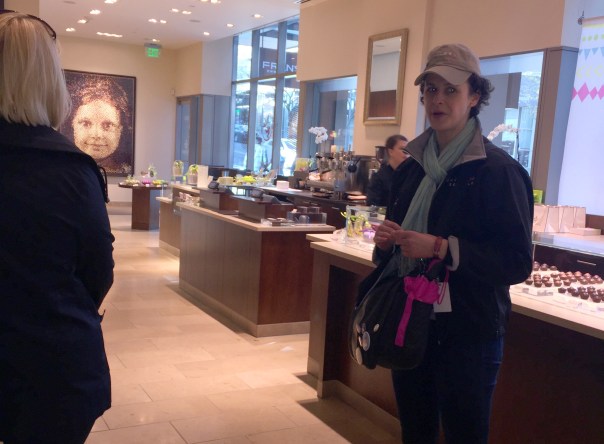
In the far background, the framed artwork of Fran’s daughter is actually made up of over 15,000 individual pieces of chocolate.
Fran Bigelow has studied in Paris and California, and says she fueled her early interest in the culinary arts by cooking through Julia Child’s books. While hearing the history behind Fran’s we feasted on three samples: an Oolong Dark Chocolate Truffle, my personal favorite; an Orange Peel Confit covered in 70% IP Belgian chocolate; and a Milk Chocolate Carmel with Welsh-smoked sea salt.
Time to bid adieu but as parting gifts, Heather gave us all a 10% off card to a huge number of participating restaurants and told us we were entitled to five free truffles from a certain shop at Pike Place Market—both of which I put to good use. Luckily my trek back was further away then when I started—after all, dinner was only 2 1/2 hours away!
Sidebar: To counterbalance all of the wonderful meals and wine over the course of six days (two spent traveling from coast-to-coast and you know they don’t feed you on airplanes), I made sure to not only work out in the hotel fitness center every morning, but to also walk around town as much as possible. With breakfast just a fruit cup, and lunch a salad or nothing at all (except of course on this walking tour), I managed to actually lose a pound!

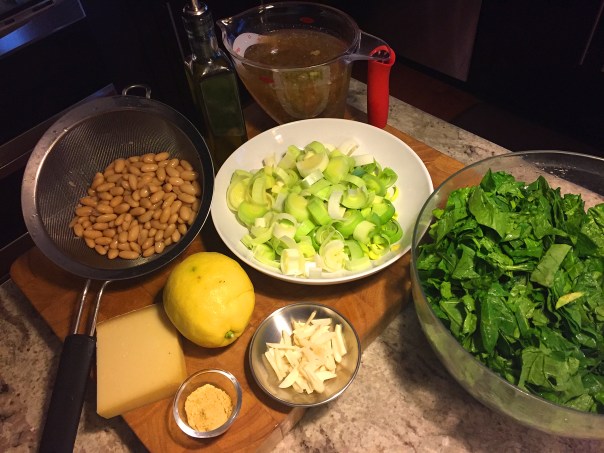
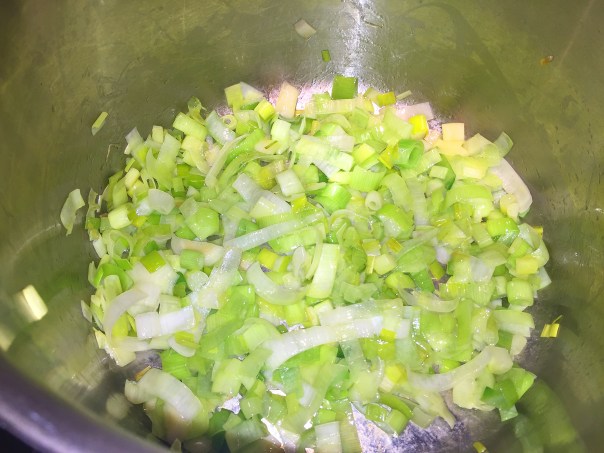













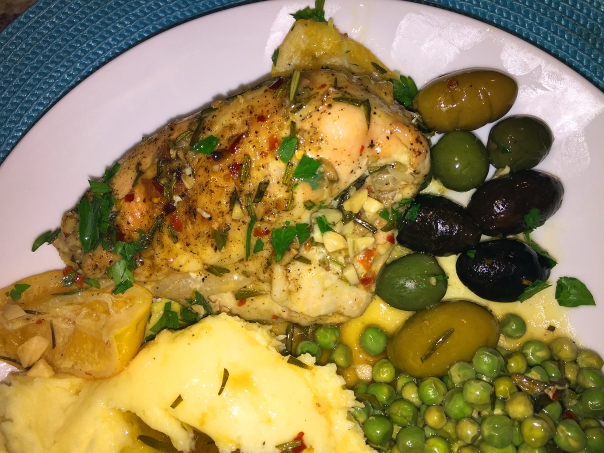

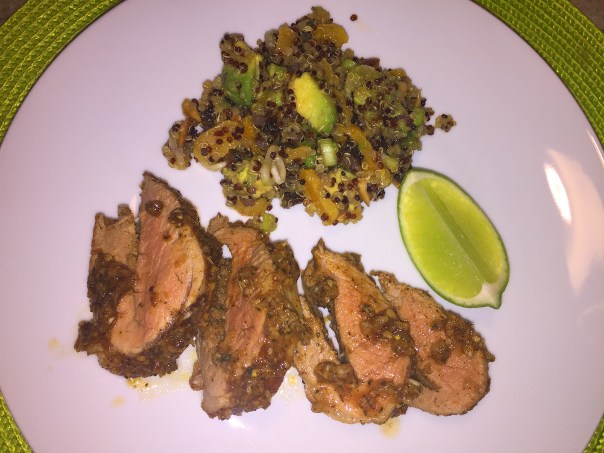

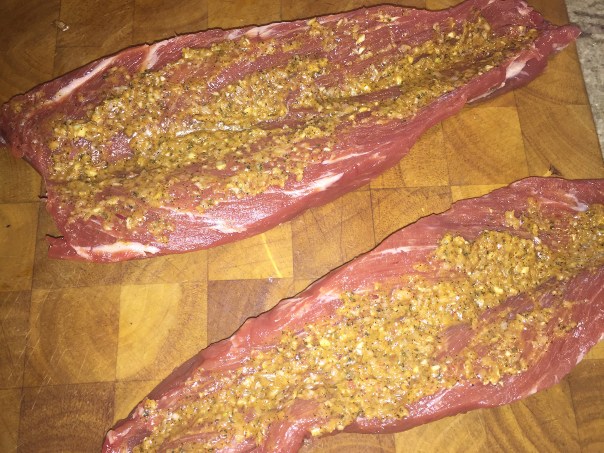

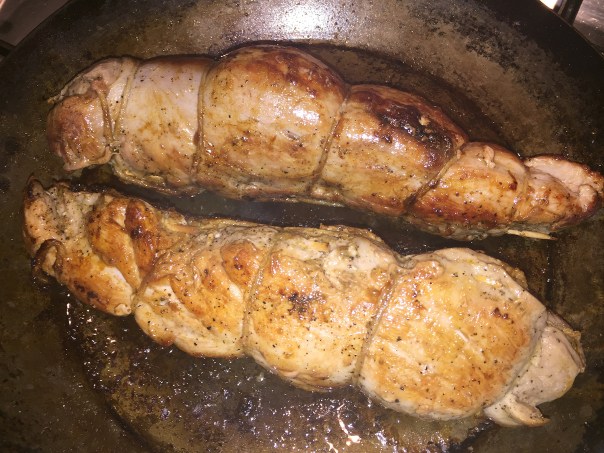








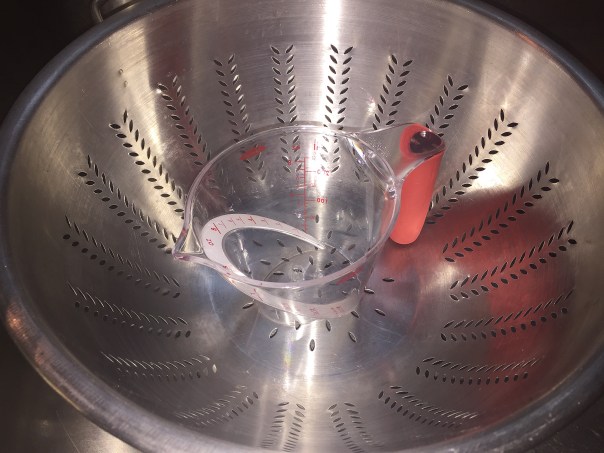


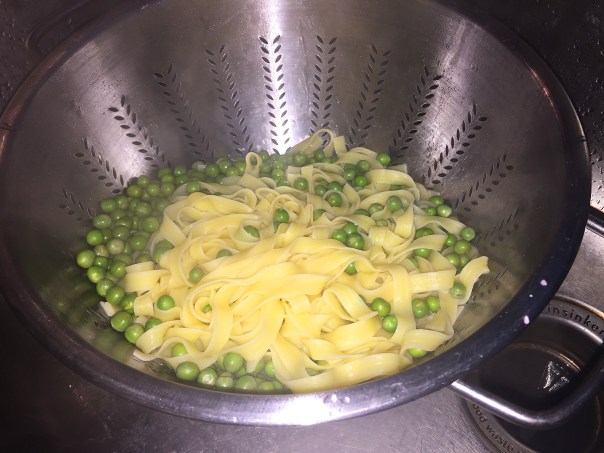


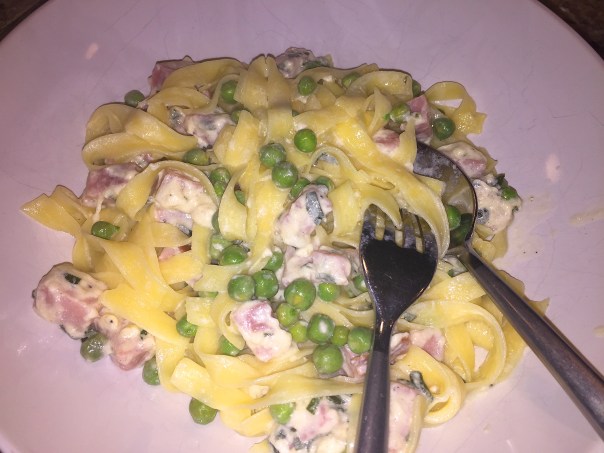


 From left, Russ, David and Lynn.
From left, Russ, David and Lynn.



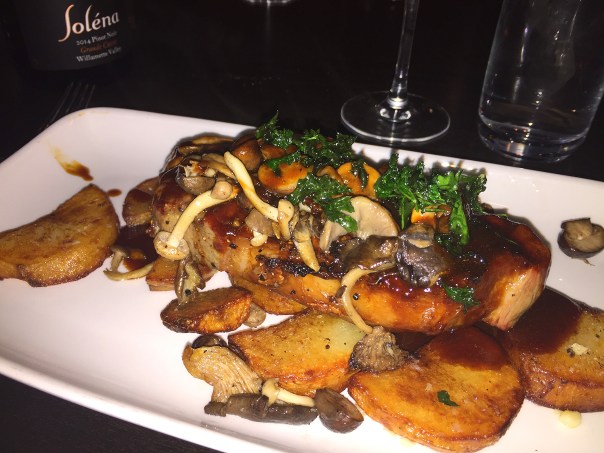








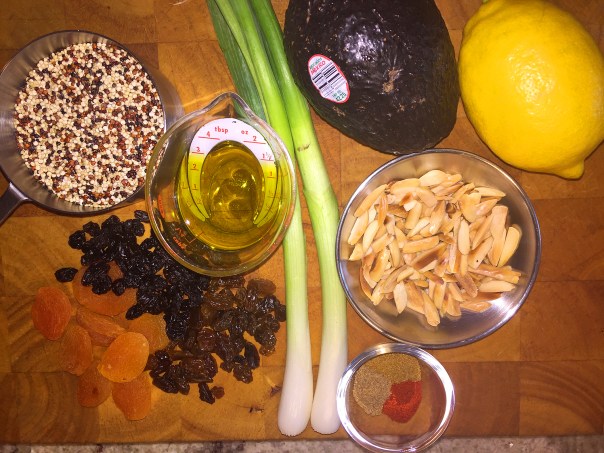


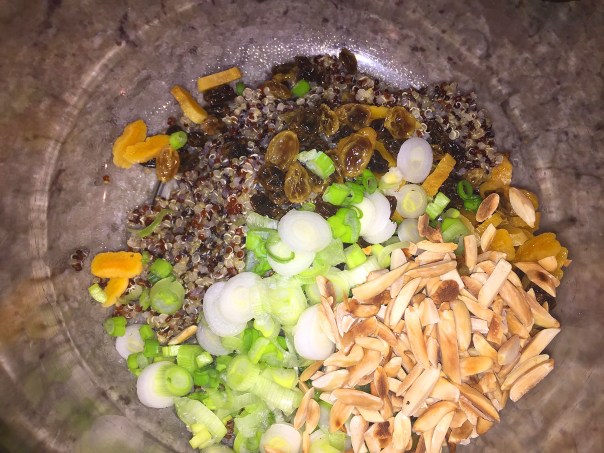





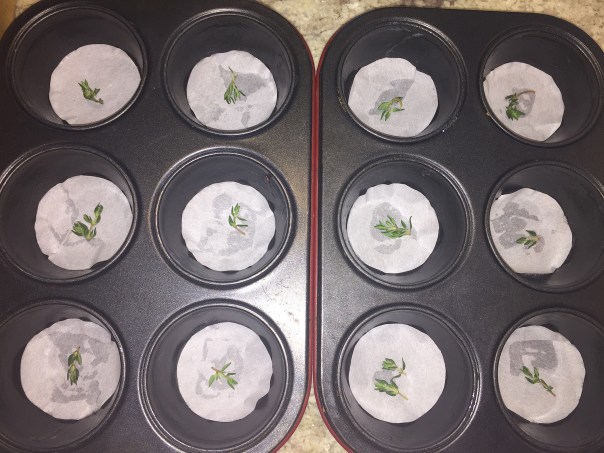

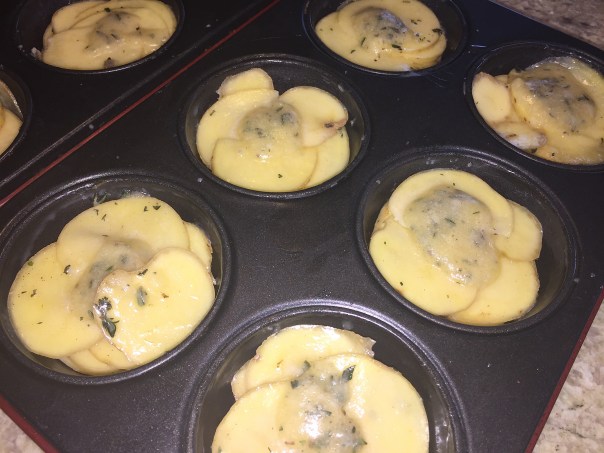

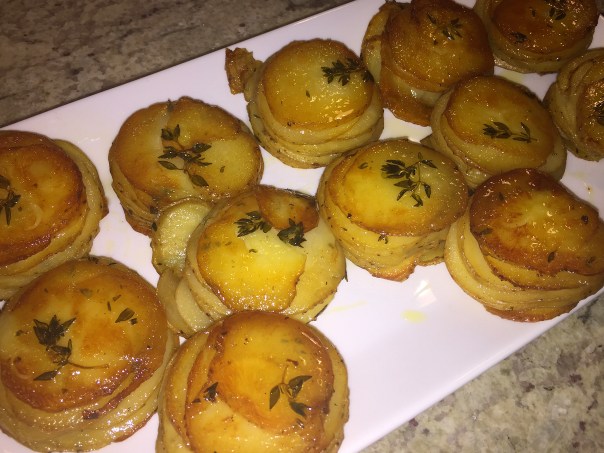



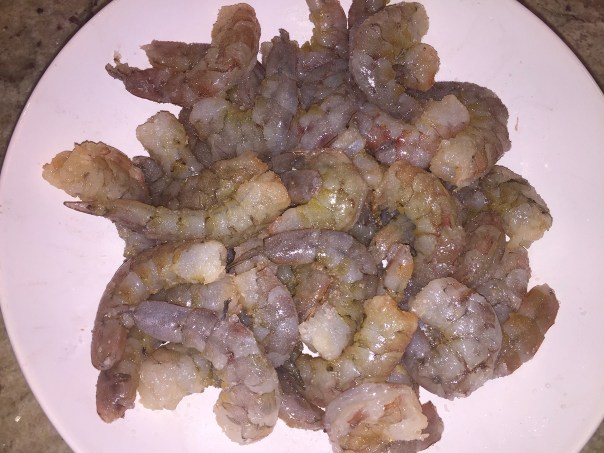
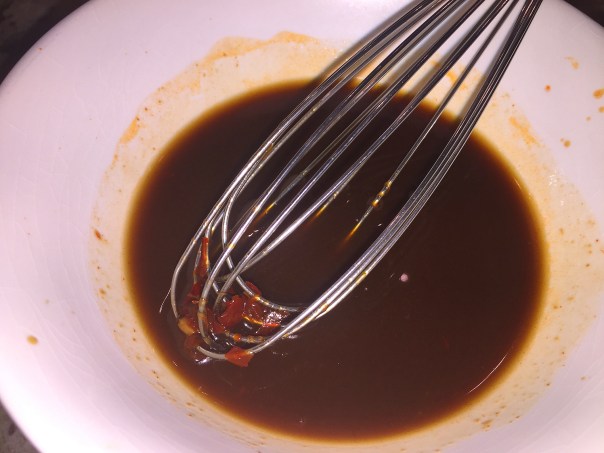


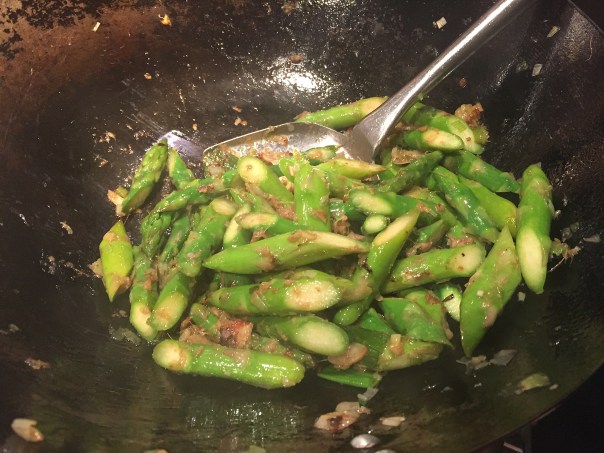

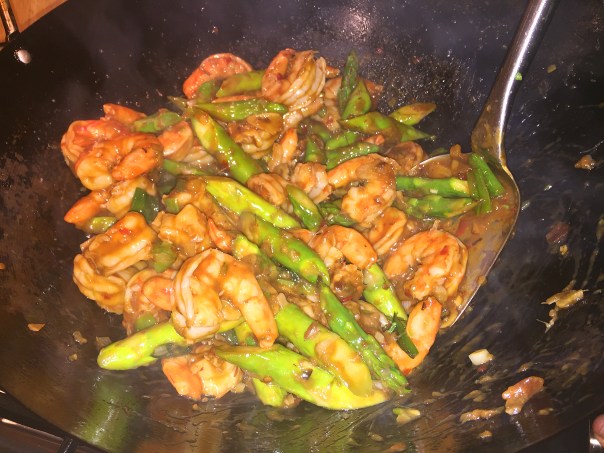
 We served ours over a bed of jasmine rice steamed in homemade seafood stock.
We served ours over a bed of jasmine rice steamed in homemade seafood stock.
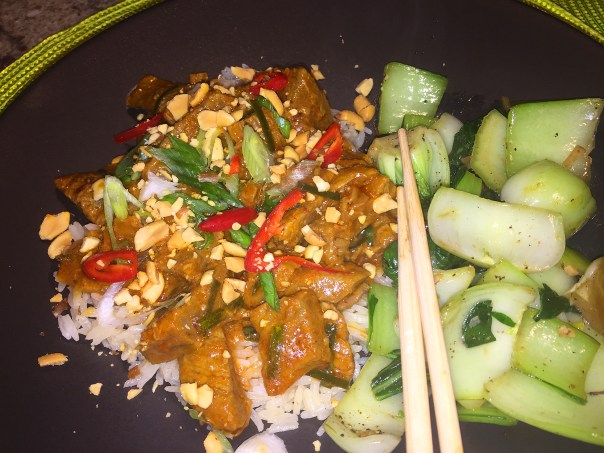




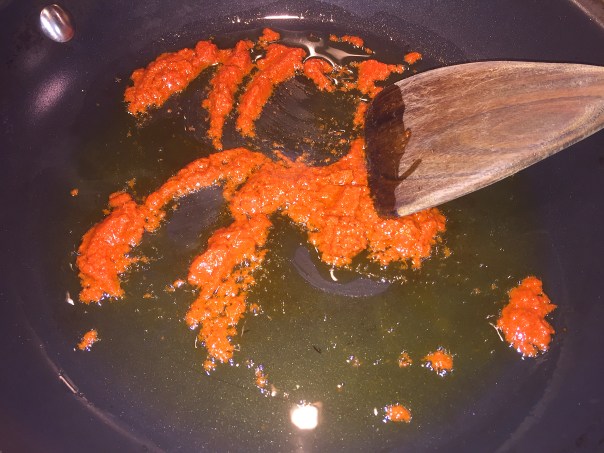
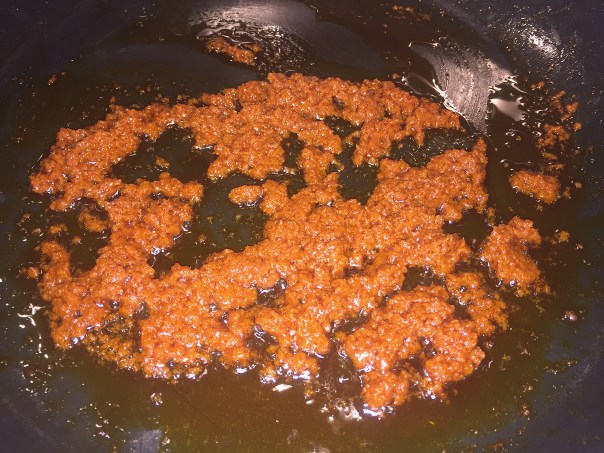
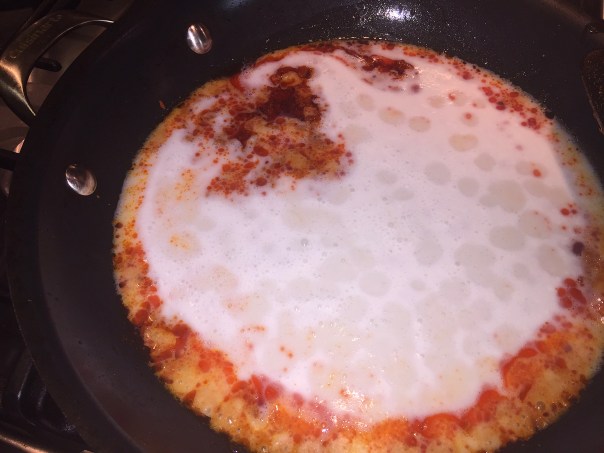












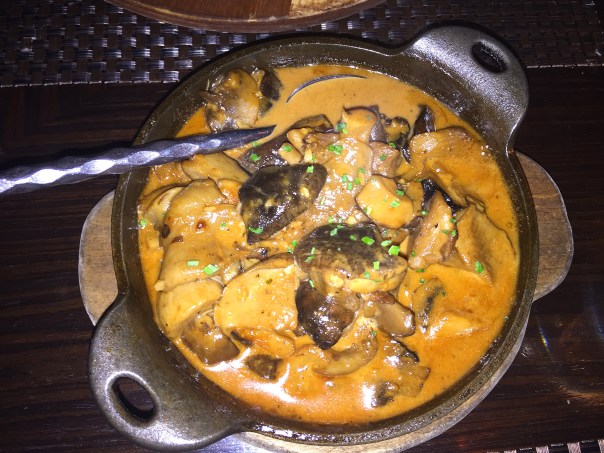



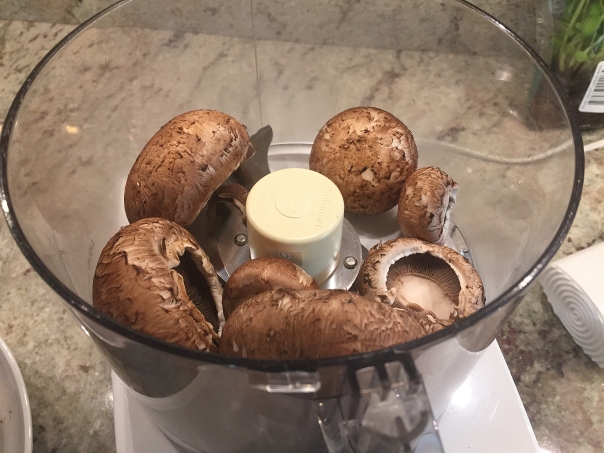



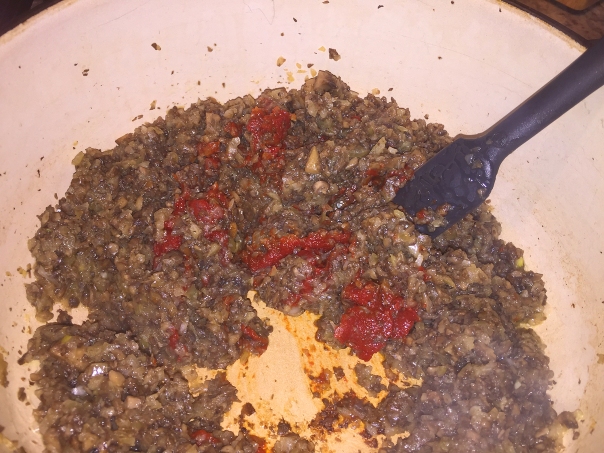










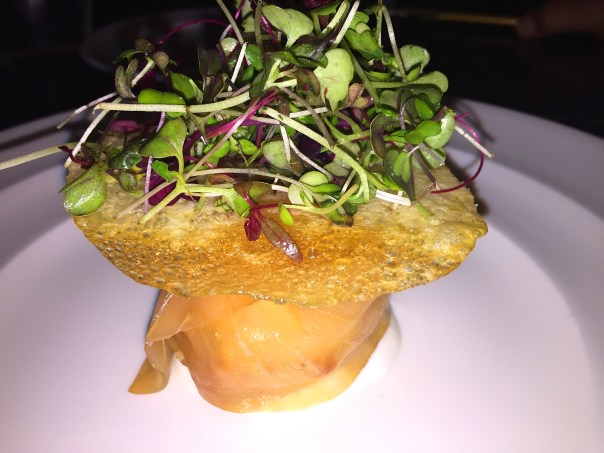

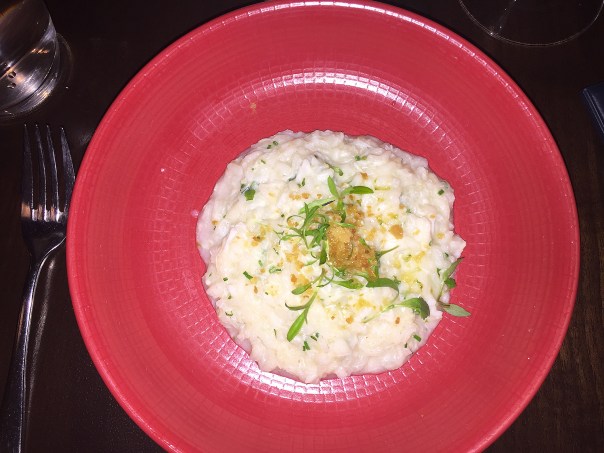



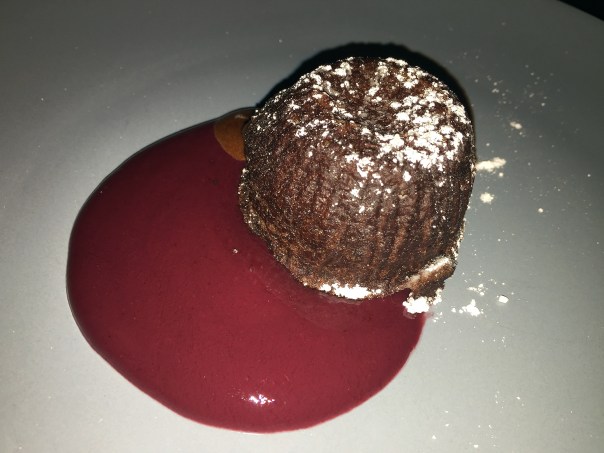


















 Walking into Von’s you are overwhelmed with thousands of liquor bottles and kegs.
Walking into Von’s you are overwhelmed with thousands of liquor bottles and kegs.





